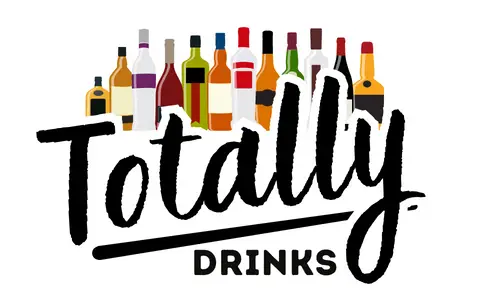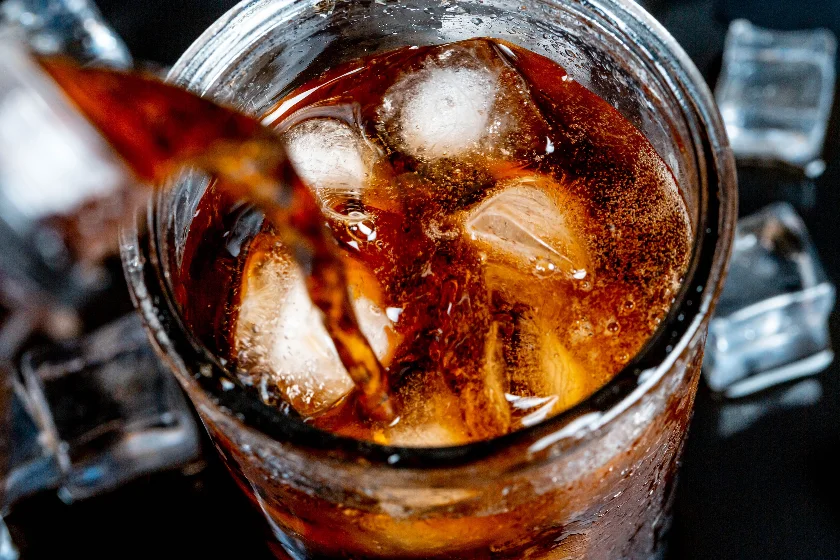
Needless to say, sipping on a cold drink is more refreshing and tastes a billion times better than a warm one! But why do we enjoy cracking cold ones and find their warmer counterpart disappointing at best? Does the temperature really affect the flavor of our favorite soda or alcoholic beverage?
Cold drinks taste better because our taste receptors are temperature-sensitive. Cold temperatures suppress the excessive sweetness in sodas and reduce the perceived bitterness in alcoholic drinks. The cold stimulus is also pleasurable due to the satiation of thirst and the refreshing effect.
There’s fascinating scientific evidence behind why cold drinks taste better and how the temperature affects the flavor. So, read on to learn why cold drinks simply taste better.
What Makes Cold Drinks Taste Better?
The primary reason we enjoy cold instead of warm drinks is the taste – well, specifically, the lack thereof.
Taste buds are fascinating, complex sensory organs. We have around 2,000 and 4,000 taste buds on our tongues, enabling us to experience sweet, salty, sour, bitter, and savory tastes and distinguish between approximately 100,000 different flavors.
Temperature affects our perception of taste, influencing the intensity of sweet, sour, bitter, and astringent flavors. Our ‘pleasure receptors’ are also stimulated by specific combinations. In addition, scientists discovered that our taste buds work more effectively at warmer temperatures than colder ones.
Cold temperatures tend to suppress our taste buds’ sensitivity. So, we taste fewer flavors when chugging down a cold drink or when we drink it with ice. As a result, the cold will suppress the excessive sweetness and tartness in sodas, cordials, and overly sweet drinks while reducing the perceived bitterness in alcoholic beverages.
Then, some of it’s purely psychological. For example, this scientific review mentions that the ingestion of cold drinks is commonly perceived as pleasant due to the cooling effects in your mouth. The cold stimulus is perceived as enjoyable from the pleasure associated with the quenching of thirst and the refreshing effect.
In addition, the physical sensation of rehydrating is enhanced by drinks that are hotter or colder than our mouth and throat. The temperature-sensing nerves are stimulated, making a cold or hot drink more satisfying than a lukewarm one.
Another sensual influence is how thirsty we are. Check out my post on why drinks taste so good when you are thirsty.
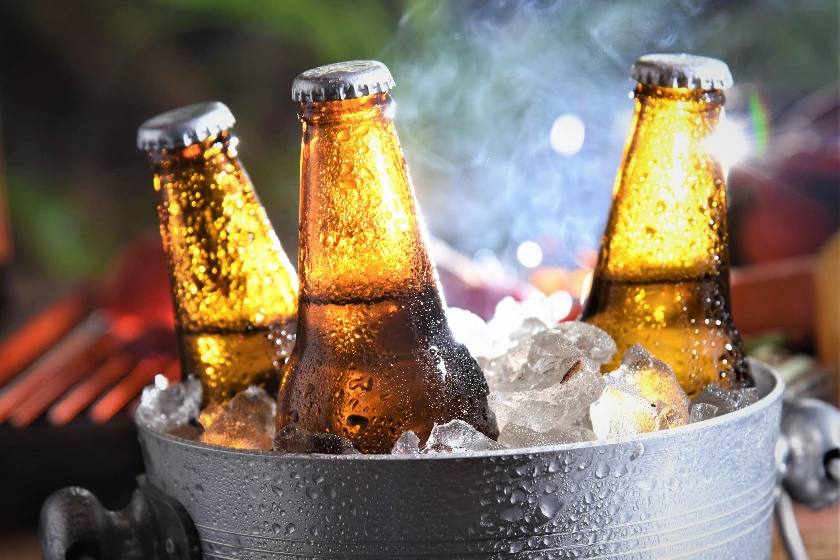
How Does Temperature Affect Flavor?
Your tongue contains numerous wart-like bumps called taste papillae. These bumps contain many taste buds, sensory cells, and chemical substances responsible for taste. The chemical substance makes contact with a nerve cell to pass information of a perceived flavor to the brain.
Scientists have discovered that our tasting ability is heightened by microscopic proteins present in our taste buds, picking up sweet, bitter, and savory flavors. In addition, these proteins, known as TRPM5 channels, are highly temperature-sensitive.
The TRPM5 channels perform far better at warmer temperatures than cooler ones. According to a study, the TRPM5 channel’s sweet taste perceptions are barely activated below 15°C (59F), minimizing flavor perception. However, between 15°C (59F) and 35°C (95F), the channels open up the TRPM5 sensitivity, which increases drastically, making drinks and food taste markedly sweeter and more flavorful.
If you were to take a taste of a cold soda, it would decrease your tongue’s overall temperature and consequently restrict the TRPM5 channel. In turn, fewer signals are received by the brain, resulting in a perception of a less sweet taste. Cold temperatures also suppress of sense of tartness.
In comparison, if you were to take a sip of room-temperature soda, you’d notice that the warm soda tastes excruciatingly sweet and more tart than the cold one. This is because the sensory channel requires a much lower positive charge for activation at warm temperatures. On the other hand, beer tastes more bitter as it warms up.
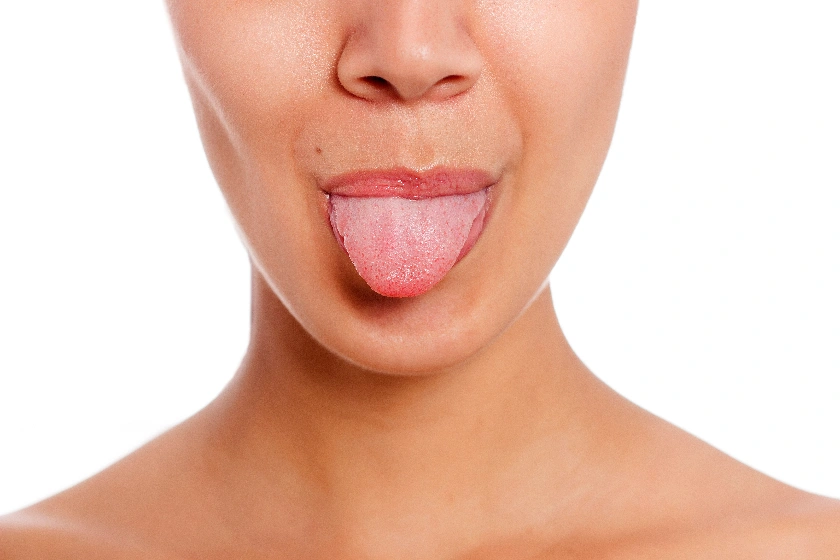
Does Alcohol Taste Better When Cold?
Alcohol doesn’t necessarily taste better when cold. Still, our taste receptors work less efficiently, causing us to perceive the drink as tastier. Also, the colder your drink is, the less likely your tastebuds will pick up subtle flavors. Therefore, our brain perceives the taste as less intense and bitter.
The temperature of your alcoholic beverage significantly affects the overall aroma and taste. For example, some experts claim that a few degrees can affect the perceived flavor of wine so much that customers think it’s a different wine.
Cocktails are mostly consumed chilled (shaken or stirred with ice) to mask the intense bitterness of the spirits added to the drink. However, spirits like malt whiskey are typically drunk at room temperature, either neat or on the rocks, allowing the spirit to accrue a slow chill from ice. Purists say you get the true flavors when it’s not chilled, while others like a little chill to take the edge off the bitterness.
Vodka, gin, and similar spirits taste more refreshing and less bitter when cold. The texture also changes to a rich, viscous mouthfeel when chilled. The cold masks the harshness of these alcoholic drinks especially when they aren’t premium spirits.
In comparison, darker, aged spirits have more congeners – impurities and flavoring compounds – that contribute to the spirit’s flavor profile. So, they are best consumed at room temperature to enjoy the subtle nuances.
Beer is best enjoyed straight from the fridge. However, overly chilled beer can negatively impact the drinker’s experience. Ice-cold temperatures can ruin the beer’s flavor for two reasons:
- The colder your beer, the less carbonation it can release. In turn, the beer gives off less aroma; and we all know the importance of aroma to taste.
- Too cold beer will numb your palate. You won’t be able to discern the unique flavors.
White wine is most served chilled. However, like beer, some unique flavors may be masked if it’s too cold. So, serve both drinks somewhere between 5°C/40F and 8°C/46F.
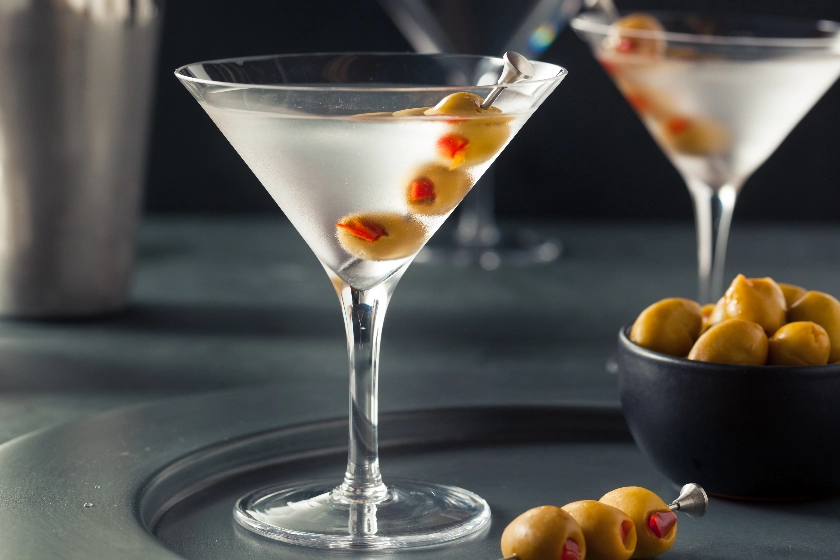
Why Are Cold Drinks Usually Carbonated?
Carbonated drinks are enjoyed everywhere. We sip on carbonated drinks like soda, sparkling water/club soda, beer, champagne, and kombucha. These fizzy drinks share a pleasant tingling, cooling sensation, and acidic bite with every sip.
Carbon dioxide dissolves well in water, forming carbonic acid, the primary culprit behind the “fizz” and an acidic tanginess. The bubbles in cold drinks help carry the beverage’s aroma, which engages our sense of smell and taste.
Essentially, the bubbliness or fizziness completes the experience; without it, you’ll be left with a flat, syrupy drink.
Carbon dioxide also helps preserve drinks for a long period (if the bottle stays sealed). In addition, carbon dioxide is the most soluble non-toxic, affordable gas with high solubility.
Ever noticed that water tastes a bit different after being left out for a while? That’s also carbon dioxide dissolving in the water from the air.
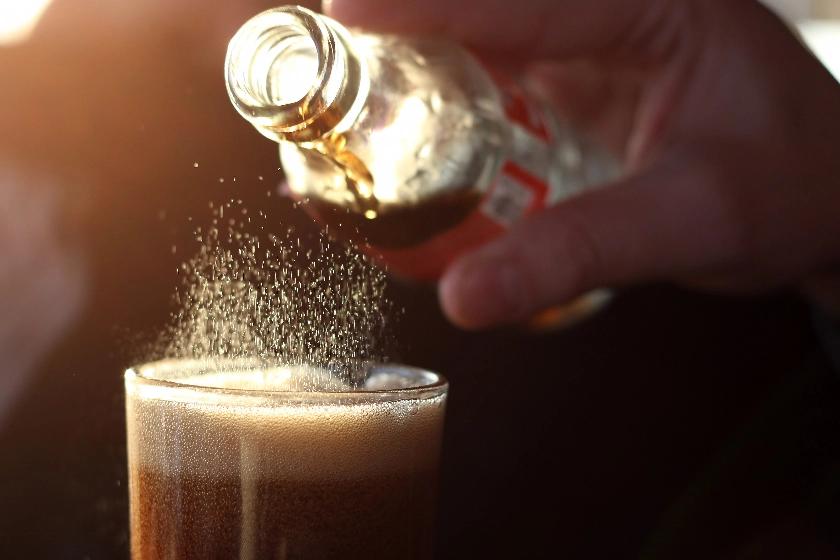
Which Drinks Taste Better Warmer?
The ideal temperature for serving drinks isn’t set in stone; it differs from culture to personal preference. However, some drinks simply taste better warmer than too chilled.
Richer, textured red wines are better consumed slightly below room temperature but warmer than sparkling and white wine. When served too cold, red wine can’t exhibit its full character, aromatics, and vintage.
Sommeliers recommend serving red wine between 60°F and 68°F (15-20C) to enjoy the best possible version of the aromatics, fruits, and herbal notes. Too-warm red wine often presents sweeter and spicier than it should.
In addition, hot buttered rum, mulled wine, hot toddy, and other spiked drinks taste better warm.
Interestingly, a lot of drinks like tea, coffee, and hot chocolate taste great either hot or cold but not in between. No one likes lukewarm iced tea, cool coffee, or room-temperature chocolate milk. Our senses are satisfied when drinks are hotter or colder than our mouths.
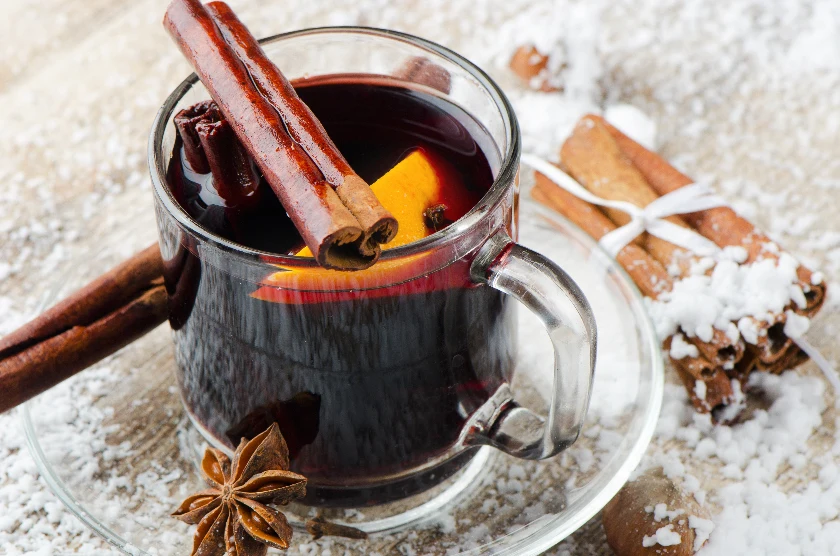
Conclusion
So let’s recap on why cold drinks taste better. When inhibited by a cold drink or substance, our taste receptors send weaker signals to our brains. So, our perception of sweetness, tartness, and bitterness is lessened when we consume cold drinks.
Cold drinks are also psychologically more thirst-quenching than warmer drinks. But we find other hot drinks equally comforting – just usually not temperatures in the middle.
